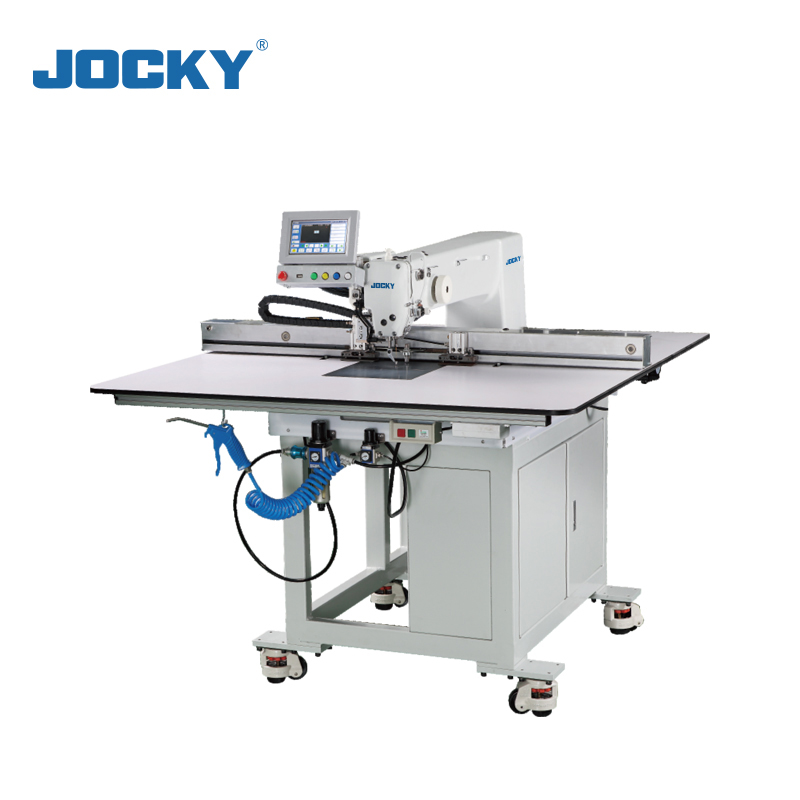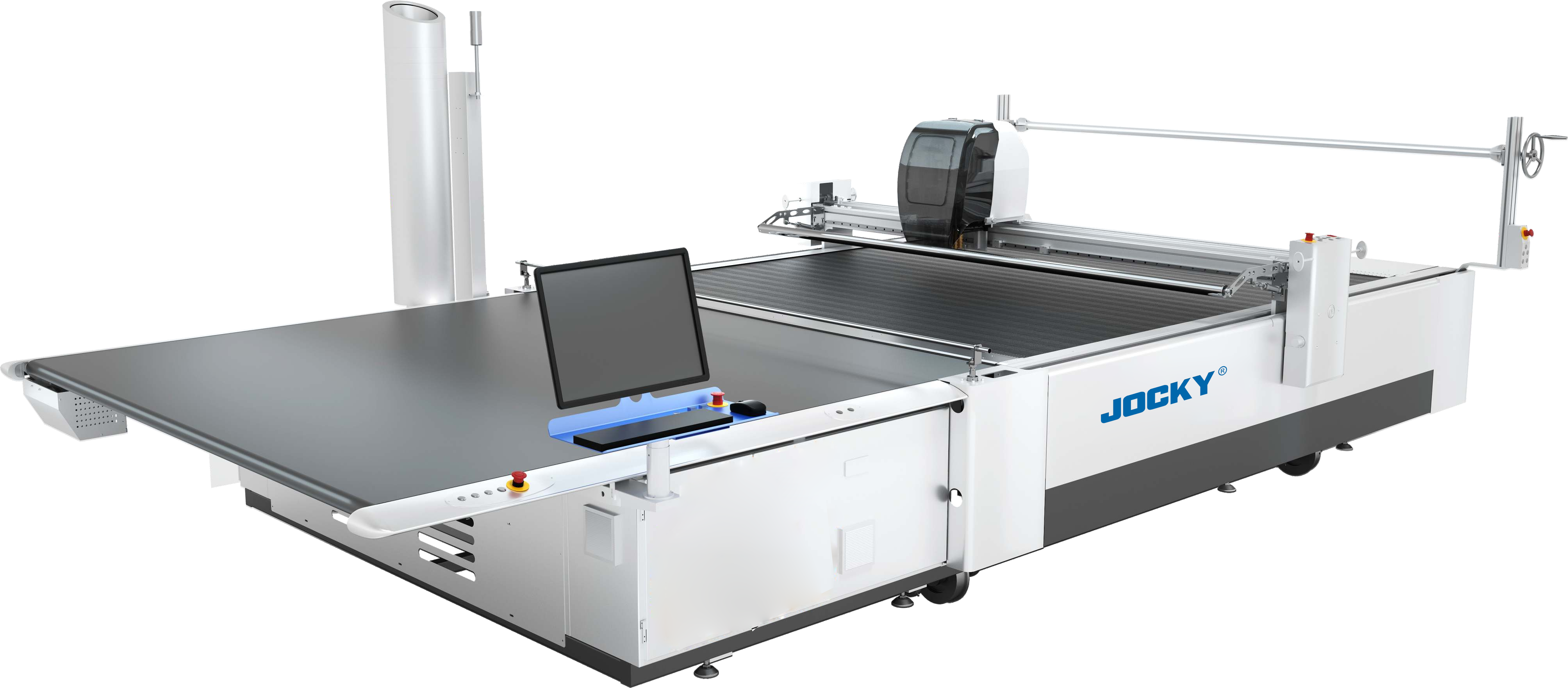Ancient people summarized “clothing, food, shelter, and transportation.” Clothing is a necessary item that accompanies people’s lives 24 hours a day, and its appearance and craftsmanship will inevitably change with the update of people’s values and lifestyle. On the one hand, the post-pandemic era and the imminent technological revolution have given people a new understanding and requirements for clothing, such as greater comfort, functional expression, and lower purchase prices. These trends will undoubtedly impose new requirements on garment development, thereby triggering changes in general clothing equipment. On the other hand, for individual customization and high-end brands, in order to highlight their advantages of brand and products, higher demands are placed on the craftsmanship details, which pose new challenges for the improvement and renewal of specialized equipment within the industry.
Taking the evolution of shoes, especially sports shoes, as an example, to adapt to the three-dimensional shape of the foot, sports shoes were constructed by sewing small fabric pieces together to form a three-dimensional upper in the past. The extensive sewing not only increased the processing time for the upper but also led to higher labor costs due to the duration of sewing. However, most current sports shoes employ three-dimensional weaving techniques for the uppers, significantly reducing the need for sewing operations, and even eliminating the need for sewing altogether. At the same time, additional processes such as heat pressing, high-frequency welding, printing, or embroidery have been introduced. The transition from stitched uppers to three-dimensional woven uppers represents an iterative evolution of equipment requirements and functionalities.
 Then take the cutting process and cutting machines as an example. Laser cutting equipment allows for precise cutting of individual pieces based on the shape and direction of the pattern edges on the fabric which results in smooth and clean edges without fraying, leading to more accurate and aesthetically pleasing sewing lines in subsequent sewing processes. Therefore, laser cutting has been widely utilized in the production of custom sportswear and high-end brands, where its functionalities are better demonstrated. For custom sportswear, laser cutting is used for fine cutting along the edges after the fabric is dyed or printed with specific patterns. In high-end women’s clothing, laser cutting combined with camera devices installed on the laser cutting machine can accurately identify fabric patterns such as stripes and motifs, ensuring that the cut pieces with stripes or pattern placements achieve complete consistency or symmetry between left and right pieces. However, this requires excellent pattern design, layout, and printing quality in the digital printing process of the fabric.
Then take the cutting process and cutting machines as an example. Laser cutting equipment allows for precise cutting of individual pieces based on the shape and direction of the pattern edges on the fabric which results in smooth and clean edges without fraying, leading to more accurate and aesthetically pleasing sewing lines in subsequent sewing processes. Therefore, laser cutting has been widely utilized in the production of custom sportswear and high-end brands, where its functionalities are better demonstrated. For custom sportswear, laser cutting is used for fine cutting along the edges after the fabric is dyed or printed with specific patterns. In high-end women’s clothing, laser cutting combined with camera devices installed on the laser cutting machine can accurately identify fabric patterns such as stripes and motifs, ensuring that the cut pieces with stripes or pattern placements achieve complete consistency or symmetry between left and right pieces. However, this requires excellent pattern design, layout, and printing quality in the digital printing process of the fabric.

ZHEJIANG JOCKY MACHINERY TECHNOLOGY CO., LTD., providing equipment for clothing production, it is essential to not only focus on the trends in clothing products and meet the demands of clothing and fashion research and development but also proactively position themselves at the forefront of clothing development. This involves understanding clothing trends, evaluating the compatibility of their own products with the evolution of clothing functions, and keeping up with product advancements. Additionally, it is crucial for the company to engage with clothing manufacturers that have high functional requirements, such as high-end outdoor, sports, and international brand processing sites. By understanding their equipment modification needs and providing fit solutions, the company can demonstrate its high-dimensional perspective and research and development capabilities. Simultaneously, they should be able to handle the relatively lower-dimensional demands of ordinary production enterprises with ease.
